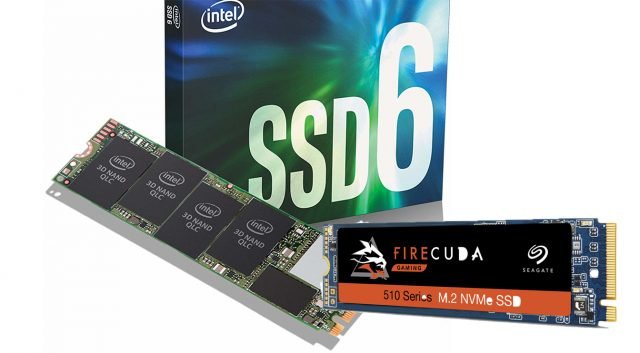At the point when we need to realize all the data connected with our hard plate or SSD, unmistakably, CrystalDiskInfo is one of the most mind-blowing free instruments that we can utilize. Yet, do you have at least some idea what every one of the boundaries it gives us means? In this article, we will clarify inside and out so you get them, and you can decipher them precisely, to know the genuine condition of your hard drive or SSD.
CrystalDisk Info is a free apparatus that you can download from numerous Internet archives, and it is viable with a few working frameworks and with essentially all hard drives and SSDs available, including the most recent NVMe PCIe 4.0 SSDs.
The fundamental data of the circle or SSD
At the top, what exhibits us is the name of the circle, as composed on its firmware. This name, as in the catch of our model, can be your SKU or model number. Just by one side of the name, we have as far as possible (which doesn’t need to harmonize with that reported by the maker). We should see every one of the boundaries of this upper zone, which is fundamental data.
Firmware: the quantity of firmware you have introduced. So we can contrast the rendition and the freshest and check whether we need to refresh or not.
Serial number: the chronic number of the gadget.
Interface: here, it lets us know how it is associated with the PC. In the model, it is NVM Express, yet assuming that it is a SATA plate, it will let us know Serial ATA, and so forth
Transfer mode: this boundary shows the viable point of interaction and the one you are utilizing. In the model, both are PCIe 3.0 x4, however, on the off chance that we had a PCIe 4.0 SSD associated in a PCIe 3.0 attachment, we would see it here.
Drive letter: the letter doled out to it.
Standard: the guidelines with which it is viable. Assuming the circle was SATA, we would say, for instance, ACS-2.
Supported features: boundaries like SMART, APM, NCQ, TRIM, and DevSleep will be shown here.
All out Host Reads/Writes the number of readings and composes of the unit. In the model, 4141 GB is written to include the plate determinations in the TBW. This information is energizing to know the excess wellbeing of an SSD.
Total Host Reads / Writes this information shows the most extreme RPM of the circle, in the event that it is a mechanical plate. On account of SSDs, it has no pivot.
No. on:number of times the gadget has been turned on.
Hours on : the quantity of hours the gadget has been on. Assuming that you leave the mouse on it, it lets you know interpreted in days.
Obviously, on the left side, we can likewise see the wellbeing status identified by CrystalDisk Info (be cautious since this depends exclusively on the mistake rate and terrible areas) and the temperature just underneath.
Advanced CrystalDisk Info details
The lower region provides us with a progression of substantially more specialized and progressed data that, besides at times, won’t be valuable (however in numerous others, particularly assuming we are generally disapproving of the gadget). We should see just the most astonishing and pertinent on the grounds that the boundaries displayed here rely upon what the producer has written in the firmware.
- Unexpected Power Loss Count: this boundary will let us know how frequently the gadget has lost power unnaturally.
- Temperature: the temperature, obviously.
- Lifetime GB Written / Read: how much information is composed and read in memory cells, communicated in GB.
- SSD Life Left: a gauge in long stretches of life left to the SSD.
